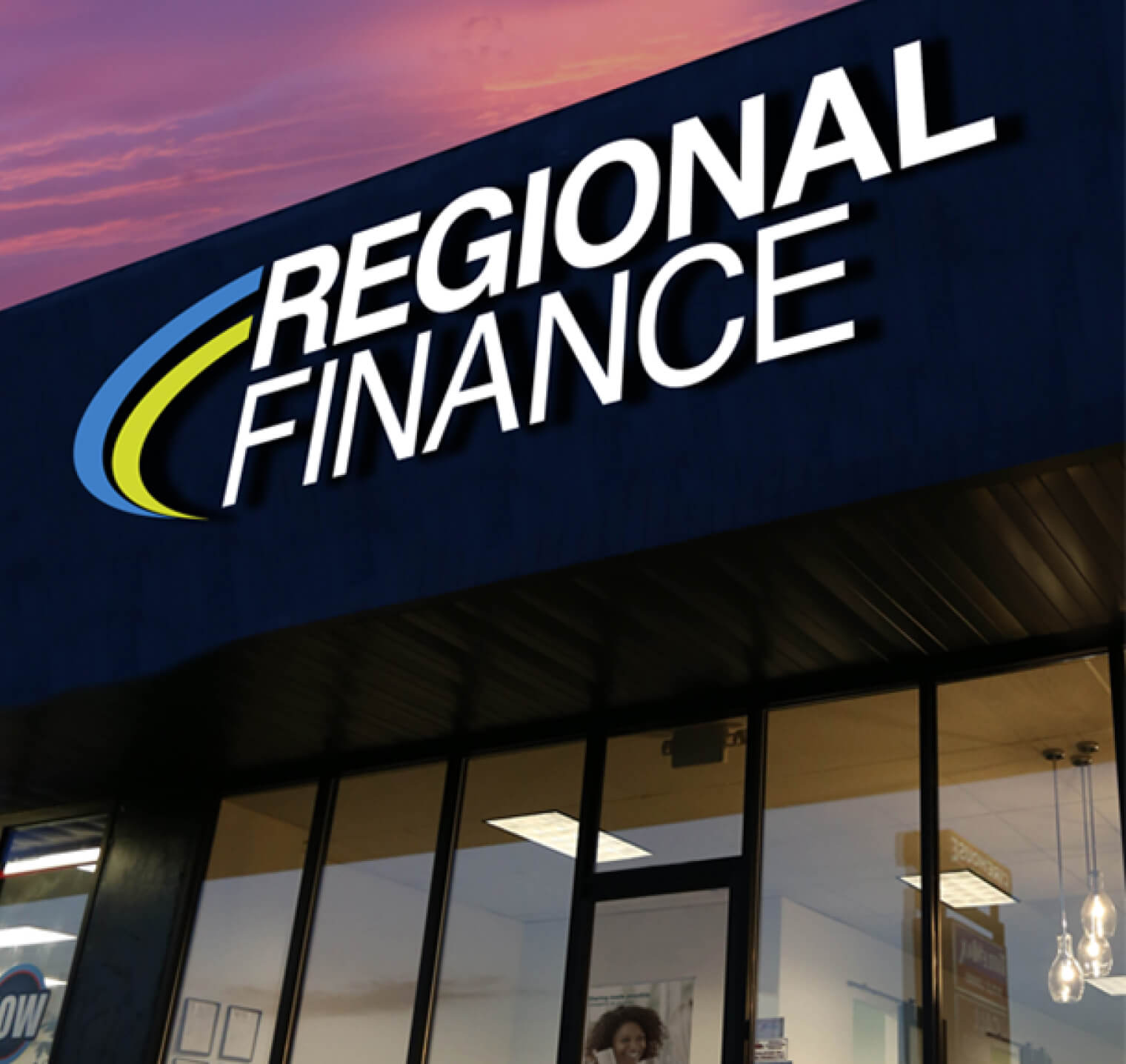The Evolving Landscape of Regional finance in Burlington, North Carolina
Burlington, North Carolina, a city nestled in the heart of the Piedmont Triad, has experienced a dynamic evolution in its regional finance sector. Once primarily reliant on the textile industry, the city has diversified its economic base, leading to a complex and evolving financial ecosystem. This article delves into the various facets of regional finance in Burlington, examining its historical context, current trends, and future prospects.
The Textile Legacy and Early Financial Structures
Burlington’s financial history is deeply intertwined with the textile industry. For decades, the city thrived as a manufacturing hub, with textile mills driving economic growth. Local banks and credit unions emerged to serve the needs of mill workers and associated businesses, fostering a close-knit financial community. These institutions provided essential services like deposit accounts, loans for homes and small businesses, and payroll management.
The Decline of Textiles and Diversification

The late 20th century saw a significant decline in the textile industry due to globalization and shifting economic patterns. This decline forced Burlington to adapt and diversify its economy. The city began attracting businesses in sectors like healthcare, technology, and advanced manufacturing. This diversification had a profound impact on the regional finance sector, requiring institutions to broaden their service offerings and adapt to new client needs.
Community Banking and Local Credit Unions
Community banks and credit unions continue to play a vital role in Burlington’s financial landscape. These institutions maintain strong ties to the local community, offering personalized services and fostering relationships with small businesses and individuals. They provide critical support for local entrepreneurs and contribute to the overall economic stability of the region.
Growth of Regional and National Banks
Alongside community institutions, Burlington has seen an influx of regional and national banks. These larger institutions offer a wider range of financial products and services, including commercial lending, wealth management, and investment banking. They cater to larger businesses and individuals seeking sophisticated financial solutions.
Rise of Fintech and Digital Banking
The rise of fintech and digital banking has significantly impacted Burlington’s financial sector. Online banking, mobile apps, and digital payment platforms have become increasingly popular, offering convenience and accessibility to customers. Local financial institutions are adapting to this trend by investing in technology and enhancing their digital capabilities.
Small Business Lending and Entrepreneurial Support
Small businesses are a crucial component of Burlington’s economy. Local banks and credit unions offer various lending programs and support services to help entrepreneurs start and grow their businesses. This includes providing access to capital, offering business planning advice, and facilitating networking opportunities.
Real Estate Finance and Development
Burlington’s real estate market has experienced steady growth in recent years, driving demand for mortgage lending and real estate finance. Local financial institutions play a key role in supporting residential and commercial real estate development, contributing to the city’s overall growth and revitalization.
Healthcare Finance and Investment
The healthcare sector is a significant driver of Burlington’s economy, with Cone Health Alamance Regional Medical Center serving as a major employer. This has led to increased demand for healthcare finance and investment services, including financing for medical practices, healthcare technology companies, and related businesses.
Adapting to Technological Change
One of the key challenges facing Burlington’s regional finance sector is adapting to the rapid pace of technological change. Financial institutions must invest in technology and innovation to remain competitive and meet the evolving needs of their customers.
Attracting and Retaining Talent
Attracting and retaining skilled professionals is another significant challenge. The finance sector requires individuals with expertise in areas like data analytics, cybersecurity, and financial technology. Burlington needs to cultivate a skilled workforce to support its growing financial industry.
Addressing Economic Inequality
Economic inequality remains a concern in Burlington and across the region. Financial institutions have a role to play in promoting financial inclusion and providing access to affordable financial services for underserved communities.
Fostering Collaboration and Innovation
Collaboration between financial institutions, businesses, and government agencies is essential for driving innovation and economic growth. Burlington can benefit from fostering a collaborative environment that encourages entrepreneurship and investment.
Capitalizing on Regional Growth
The Piedmont Triad region is experiencing significant economic growth, presenting opportunities for Burlington’s financial sector. By leveraging its strategic location and strong community ties, Burlington can attract new businesses and investment.
Emphasis on Personalized Service and Community Engagement
In an increasingly digital world, personalized service and community engagement will become even more critical for local financial institutions. Building strong relationships with customers and understanding their unique needs will be essential for success.
Integration of Technology and Human Expertise
The future of finance in Burlington will likely involve a blend of technology and human expertise. Financial institutions will need to leverage technology to enhance efficiency and convenience while maintaining a focus on personalized service and relationship building.
Focus on Sustainable and Inclusive Growth
Financial institutions will play a key role in promoting sustainable and inclusive growth in Burlington. This includes supporting environmentally responsible businesses and providing access to financial services for underserved communities.
Increased Collaboration and Regional Partnerships
Increased collaboration between financial institutions, businesses, and government agencies will be essential for driving economic growth and innovation. Burlington can benefit from strengthening its regional partnerships and leveraging the resources of the Piedmont Triad region.
Investment in Education and Workforce Development
Investing in education and workforce development will be crucial for building a strong and competitive financial sector. Burlington can support local colleges and universities in developing programs that prepare students for careers in finance.
Burlington’s regional finance sector has undergone significant transformations, adapting to economic shifts and technological advancements. While challenges remain, the city is well-positioned to capitalize on its strengths and opportunities. By fostering collaboration, embracing innovation, and prioritizing community engagement, Burlington can build a vibrant and sustainable financial ecosystem that supports its continued growth and prosperity. The evolution of Burlington’s financial landscape reflects the city’s resilience and adaptability, ensuring its continued role as a vital economic hub in the Piedmont Triad.
